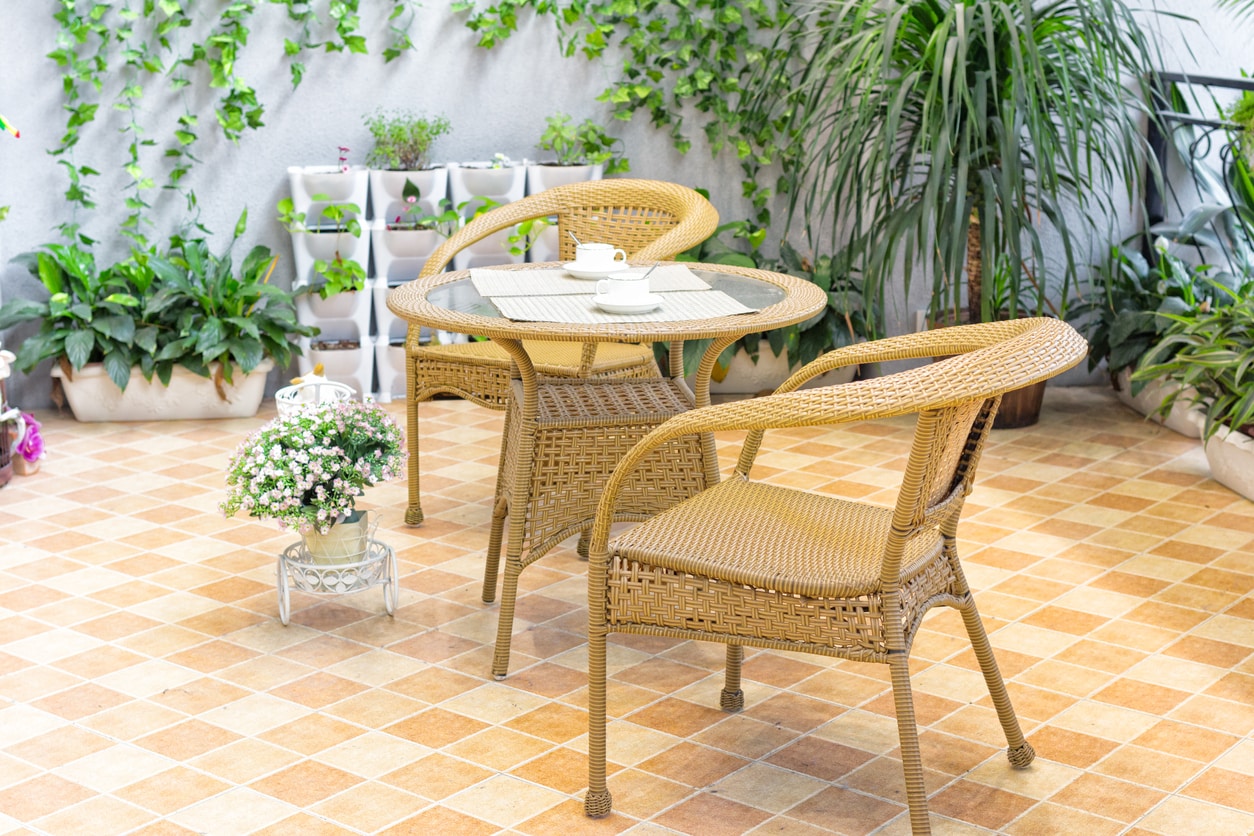No matter the size, a well maintained garden that complements the existing architecture can produce stunning and elegant results. The only catch is that with a small garden, every single choice really needs to be justified in terms of space, aesthetics and practicality. In a tighter space, you’ll notice parts of the garden that don’t work, or aren’t pulling their weight.
Luckily, for homeowners stuck on deciding how to populate smaller gardens, there are some simple principles and stalwart options you can rely on for maximum benefit. From 20 years of updating and refreshing gardens across Victoria, here’s some ideas to help you get the most out of your garden.
Simplicity
One of the worst things to inflict on a small garden is clutter. The key to a refined look is not in having overlapping plants clashing into each other – this really only makes a garden feel claustrophobic and confined. This also has the added benefit of making maintenance a lot easier.
When working with a smaller space, it’s advised to embrace a minimalist aesthetic. This means that what makes the cut and what doesn’t depends on simplicity, whilst usually running with an underlying motif (which could be colour, texture or even material based).
Less is more, and this should translate into your plants. When planting the seeds of your garden, you may want to consider a smaller selection of mass planted year-round flowers or vegetables that will perform consistently well, especially under much closer scrutiny.
For existing gardens, you could rejuvenate the aesthetic by adding edges and boundaries around your favourite plants, whilst slowly phasing out more maintenance heavy cultivars.
Trees
Trees are exceptional performers for a small garden. They add height, depth and texture to a smaller environment. They also make use of the precious vertical space that would otherwise be wasted. An added benefit is that they can attract natural wildlife to induce a sense of serenity of calm too!
As advised before, simplicity is important here, meaning that smaller and more manageable varieties are preferred. Trendy options at the moment include Japanese Maple, Crabapples and Magnolia trees. These will elegantly inject colour and vibrancy, whilst requiring minimal maintenance.
Birch trees are also a great option. They offer great verticality, richly textured bark and resilience to some of the toughest conditions. This means they complement minimalist gardens well. Generally, it’s easier to take care of evergreens in a confined space, particularly compared to deciduous trees. Deciduous tree lose their foliage every winter, and can make a big mess in a small courtyard.
Ornamental Grass
There are literally hundreds of ornamental grass varieties to choose from, but all will perform exceptionally year round and will bring colour and texture to your yard. In a smaller yard, grasses like Lomandra Tanika help with utilising spaces that otherwise would struggle to draw attention on their own, such as around the base of trees.
Purple mountain grass and Monkey grass are great options which won’t require particularly intensive care, but these vibrant grasses will liven up the often poorly utilised negative space surrounding other plants. Adding ornamental grass to in-between the edges of paved surfaces is a creative way to get the best out of your edging.
Edibles
With such minimal space, you might want to consider doubling up on form and function. Luckily, with proper maintenance you could grow just about any fruit, vegetable or herb, even in tightly confined spaces.
Make the most out of your vertical space by investing in some tiered plant shelves. Or, if you’re feeling adventurous, build the shelves yourself with hardwood. Just be sure to use a weather resistant coating on the hardwood. A herb garden featuring the earthy, sweet smells of rosemary, thyme and mint is sure to be impressive and useful.
To inject some height and texture, citrus trees are an ever-popular option that will bear juicy, picturesque fruit come winter. Bushes that bear berries will give you similar results.
Durable Foliage
In a smaller garden with less foliage, shade and protection, plants need to be able to stand on their own in harsher weather.
Irises and Jessamines come in a number of varieties, and have long been noted for ease of maintenance and durability. This means that even during the harshest of seasons, these flowers will be reliable performers in any garden.
Similarly, popular perennial flowers (those that regrow every spring) include sage, phloxes and lilies. These flowers add similarly elegant splashes of colour to help bring out the best in your backyard.
Smaller gardens should be viewed as a chance to exert tight creative control, rather than a hindrance. Following some of these simple landscaping insights can get you started. However, for more in-depth tips and tricks to get the best out of your garden, contact the experts at Everlast.
